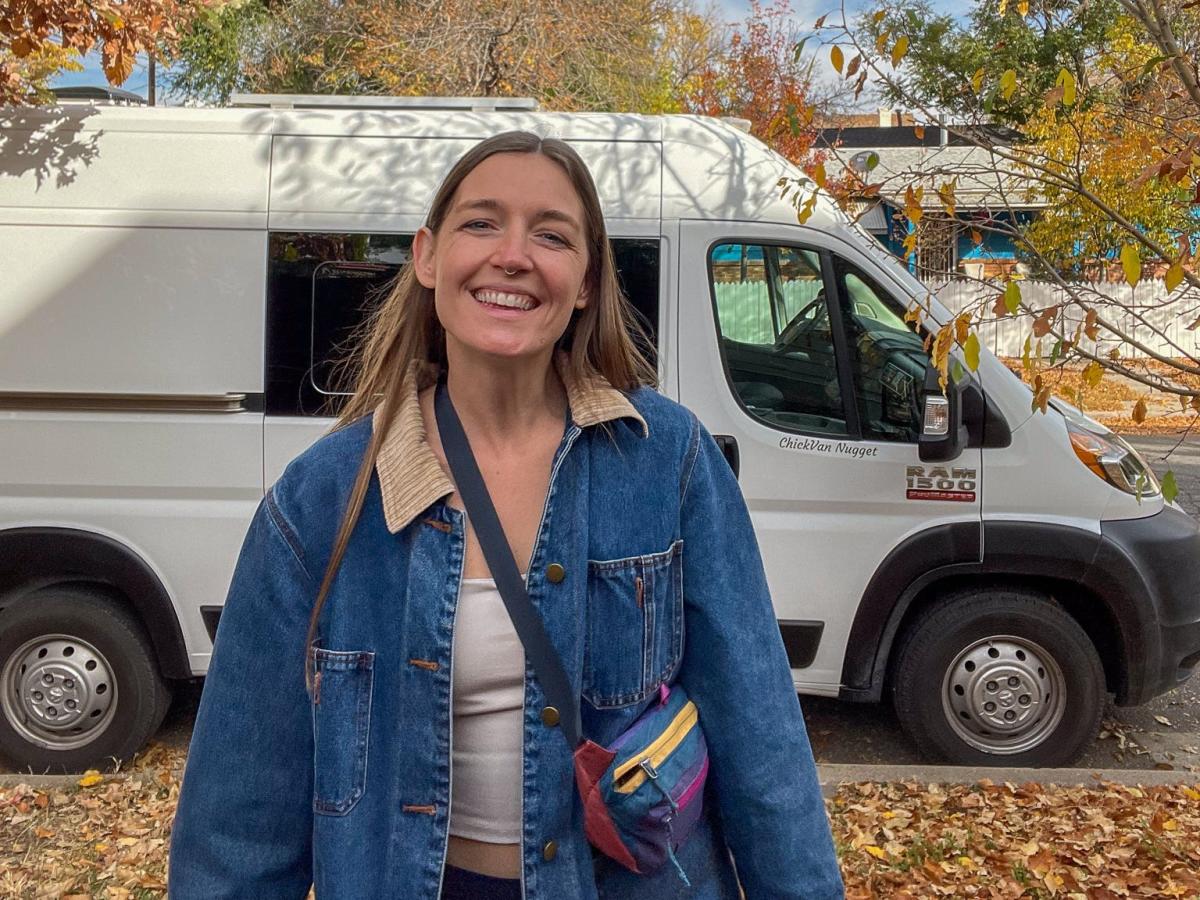- I lived and traveled in a campervan for two weeks.
- I wanted to explore the US, but I also wanted to see if van life was something I could do full-time.
-
The trip highlighted how life could be more affordable — but only if I worked at it.
It was my third gas station Icee within my first week of traveling by van, and I knew that if I did van life full-time, I’d have to cut the habit.
Not just for the sake of my sugar levels but for the sake of my wallet.
While a $4 Icee doesn’t seem like much, it adds up. I quickly realized that these small costs — eating out, gas station snacks, souvenirs — are where van life can get expensive.
At the same time, I saw ways that the van-life movement can be a more affordable way to live.
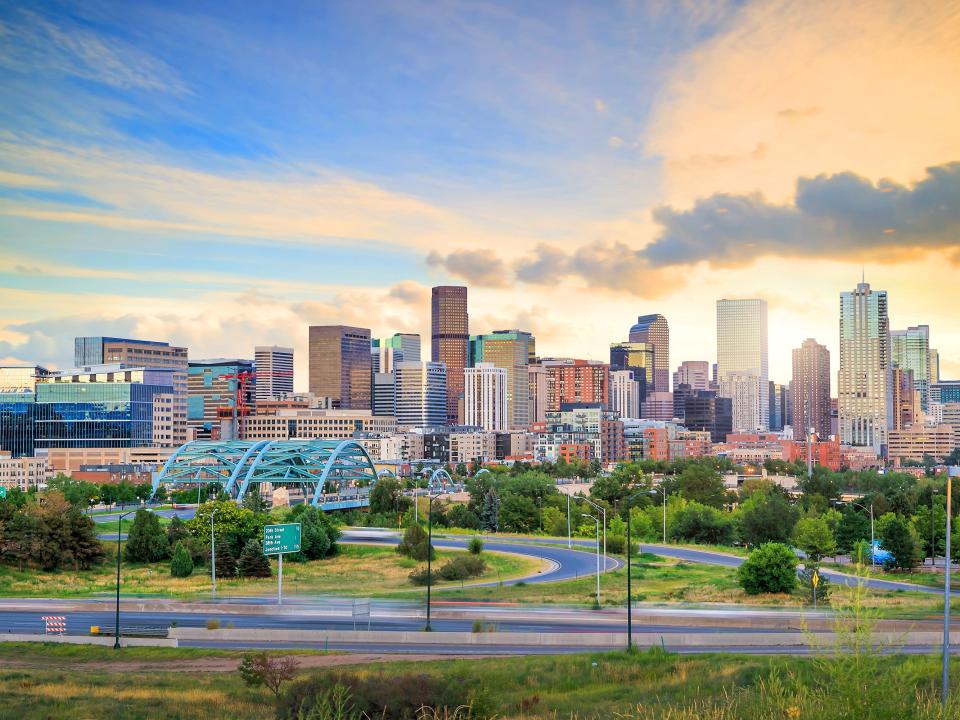
Like most cities, Denver isn’t a cheap place to live
Last October, I left my apartment in Denver for a two-week van trip exploring Southwest America in a rented Ram ProMaster. My route included six states, a handful of national parks, and stops in small roadside towns.
I’ve long romanticized the choice to live out of a vehicle and explore nature, so while I wanted to see new parts of the country, I also wanted to test-drive the lifestyle.
My desire to ditch my belongings and live in a van has only grown in recent years as I’ve watched the cost of living rise, too.
Apartments.com reported that the average rent for a one-bedroom apartment in Denver was $1,681 as of March. Although that number is slightly lower than last year’s, Axios reported that Denver’s year-over-year inflation rate was the second highest in the country last summer.
It’s not just Denver that’s feeling these increases. The cost of living is high in major cities across the US, and it’s only getting more difficult to find cheap rent.
Plenty of nomads I’ve interviewed cited expensive rent as the reason they considered living on the road in the first place.
Brittany Newson, for example, said she was living in San Fransico and spending $1,300 to rent a room in a house with four other people. She told BI that she remembers thinking, “There has to be a better way.” In 2019, she moved into a renovated school bus.
I’ve felt that strain firsthand. While I pay a bit less than average for rent, I’m spending more on groceries, paying more than financial advisors recommend I should for my apartment, and I’m thinking twice before eating out these days.
So finding a lifestyle like van life, which includes adventure and potential savings, sounds too good to be true.
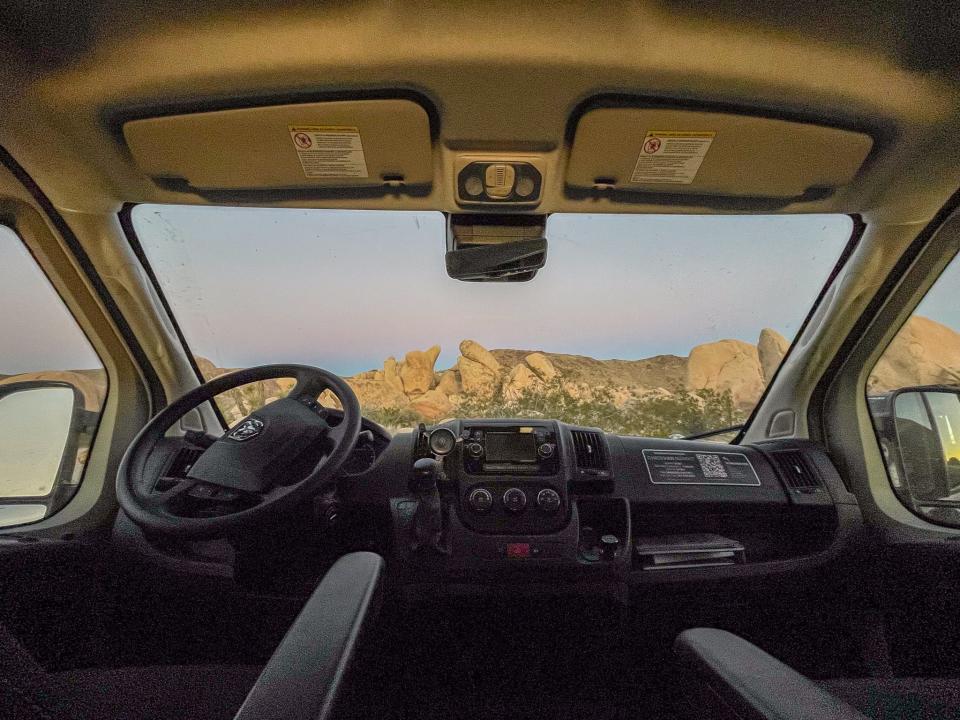

Living in a van eliminates some costs but adds others
Throughout the two weeks on the road, I spent less than I normally would on certain things. I also spent more in other categories.
I added 3,000 miles to the van’s odometer, making gas one of my most expensive spending categories. Over two weeks, I spent $660 at gas stations. If I took on the lifestyle full-time, I would travel slower and spend less. However, it’d still likely be more than the $75 I budget for gas in Denver each month.
Multiple nomads have said gas is their new rent when living on the road. Zach Nelson, for example, told BI that he got a solid deal from an old boss for the Mercedes-Benz Sprinter he lives in today. Now, gas is one of his few expenses.
“Other than car maintenance and insurance, the only thing you really pay for is gas and food,” he said.
When it came to food, I spent about the same on groceries as I do living in Denver. I shopped for the trip at Costco and Trader Joe’s and spent less than $150 with plenty of food left over. I also spent about the same eating out.
As for accommodations, this felt like the cheapest part of the trip. I splurged on one night at an RV resort, which cost about $60. I also spent $25 to sleep in Joshua Tree National Park and a similar rate for a nearby campsite. Most nights, though, I found free public land or a free parking lot outside a Walmart or Cracker Barrel. Altogether, I spent less than $170 on campsites.
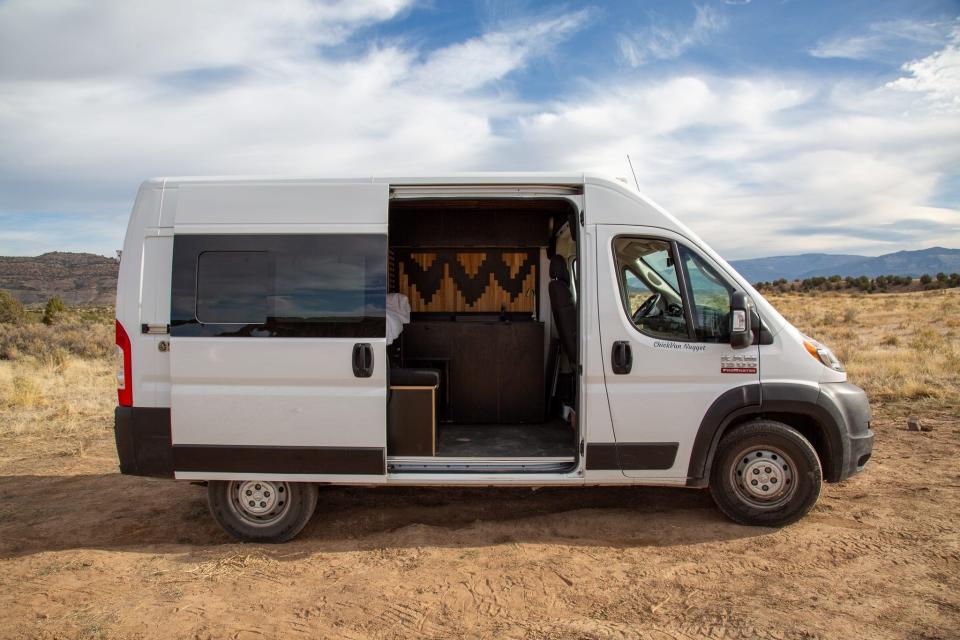

The largest expense would likely be the cost of the van itself. For this trip, I received a media rate from Native Campervans for the van rental. If I did this full-time, though, I’d purchase my own vehicle.
If I was willing to rough it, I could purchase a used bus, van, or car for a few thousand dollars. On the other end, a new Mercedes Sprinter van starts at $71,000 before conversion.
Realistically, the price would be somewhere in between for me. If I wanted to purchase a Ram ProMaster in Denver, I’d likely spend about $27,000 for a used model, according to TrueCar. If I planned to live in a van for about three years and snagged a solid interest rate, I’d pay about $900 a month, according to Bankrate. Hopefully, I’d make some of that back by selling it afterward.
If I calculate the cost of a van loan, campsites, and gas, that still is less than my $1,500 rent. But only by a few hundred dollars.
From the nomads I’ve spoken to, how much you want to spend is truly up to the individual. Some families have saved tens of thousands of dollars by buying and renovating a school bus instead of a house. Other van dwellers have shared how unpredictable maintenance issues have drained their emergency funds.
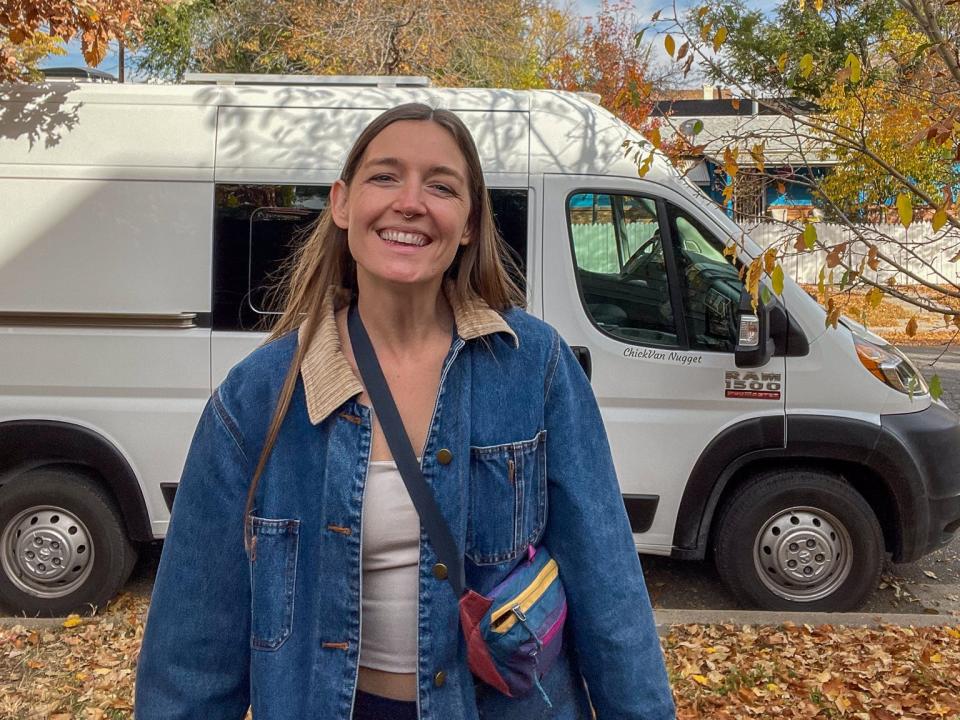

I experienced ways that living in a van could be cheaper than my lifestyle today
There are hidden costs that come with van life. You often have to pay for showers, clean water, and emptying your van’s gray water tank. Vehicle maintenance issues can arise, and my car insurance would likely be higher than I pay today.
But I’d also eliminate costs with van life. I’d no longer worry about electricity, gas, or water bills. I’d cancel my expensive climbing gym membership and pivot to the outdoors. And I’d spend less on clothes since I’d have nowhere to store them.
Plus, my day-to-day activities would be cheaper. I’d save money by swapping my Sunday brunches with Sunday hikes and nights at the movie theater with evenings stargazing.
I’m not saying van life is necessarily cheaper than city living, but I am convinced it can be if I work at it.
For now, I’m waiting for auto loan interest rates to plummet and am searching for an affordable used van before I make the leap.
Read the original article on Business Insider
